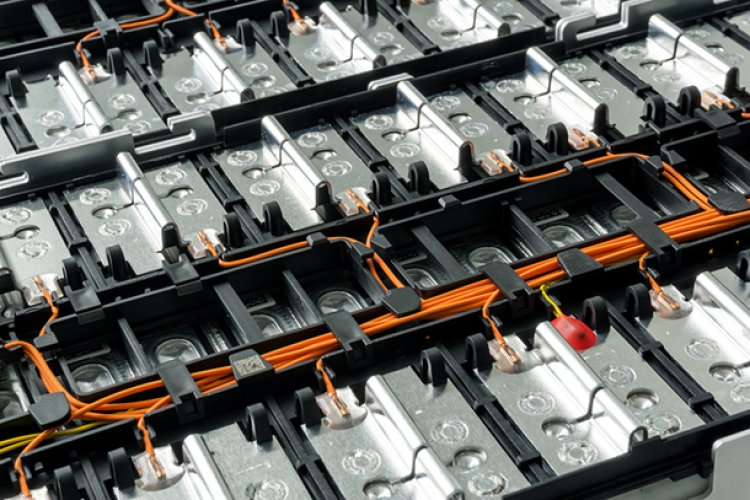CII Releases report on ‘Battery Storage & its Ecosystem’
The report says around 72 - 81 GWh of waste batteries (~447 – 517 thousand tons) would reach recycling firms from 2022 to 2030

New Delhi- Confederate of Indian Industries (CII)., releases report on ‘Battery Storage & its Ecosystem’ as a apart of its report series on ‘Roadmap for Future Mobility 2030’, it was anticipated that from 2022 to 2030, recycling companies would receive between 447 and 517 thousand tons (or 72 to 81 GWh) of used batteries. In contrast to 2030, when EVs will predominate, consumer electronics are predicted to be the main source of these waste batteries.
Key recommendations includes:
Incentives for R&D projects focusing on advanced battery technology research in central research agencies and university institutions across India may be considered by the government. A separate budget set aside for the advancement of the battery technology ecosystem can be used to distribute incentives.
By providing incentives that lower the cost of owning high-performance advanced vehicles and provide the push the category needs, the cost gap between vehicles using advanced battery technology and conventional vehicles can be closed. This should be reflected in state government industrial strategies, and it should be given priority status.
In order to ensure that batteries are directed from all jurisdictions to accredited refurbishment and recycling facilities, national level battery collection plans based on a PPP model are being developed.
If black mass and used batteries are given HSN codes, this will allow for the tracking of their movement. This will guarantee that black mass is not transferred outside of the nation and that poisonous and destructive battery material is not dumped there instead.
To raise awareness and educate the public, consumer education programs about the disposal of used batteries must be implemented. Local municipal interventions would guarantee that the government instills safe battery disposal practices among customers.
To identify the talent needs in the ecosystem that academics might be able to meet, close collaboration between academia and industry is crucial. industry-specific programs and courses. Through specially created courses, digital education / diploma courses will be made available to current professionals who are interested in transferring to the battery business.
Mr Vipin Sondhi, Chairperson – CII National Committee on Future Mobility (2022-23) and former CEO & MD, Ashok Leyland and JCB said, “Challenges include building domestic supply chain capabilities to make the electric vehicles more affordable, establishing charging networks to mitigate range anxiety in consumers and creating talent pool that can participate in the enormous task of developing innovative technologies and manufacturing infrastructure that are relevant to our unique needs. In this regard, stakeholders in the entire battery value chain are working to come up with innovations to offer longer driving range, faster charging and improving safety of the vehicle and at the same time reducing the acquisition cost of an EV”.
Mr S Vijayanand, Chairman, CII Core group on Battery Manufacturing (2022-23) and President – New Energy, Amara Raja Group said, “The report delves deep into the technological trends in advanced chemistry cell manufacturing and emphasizes the need to focus on creating a circular economy framework for long-term sustainability. Additionally, it highlights the crucial skill gaps in the battery ecosystem and the importance of addressing these gaps while executing giga factories in India”.


